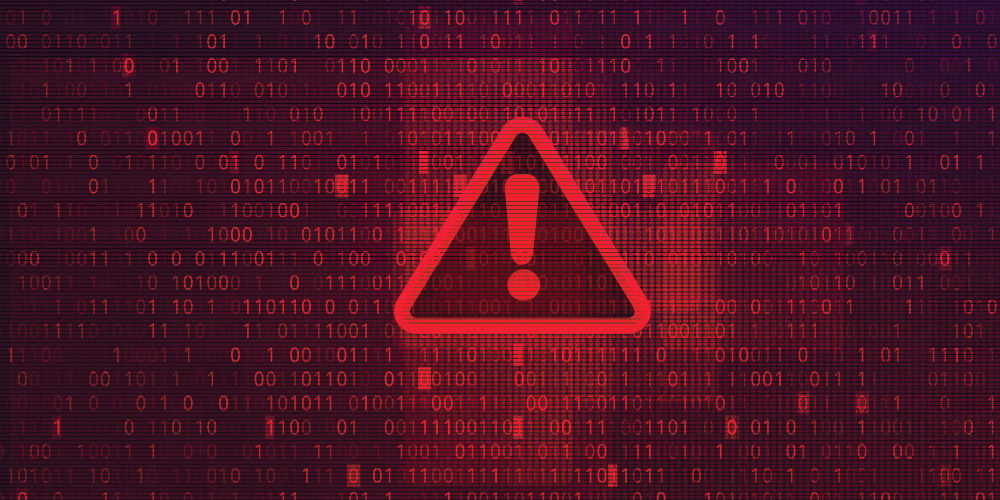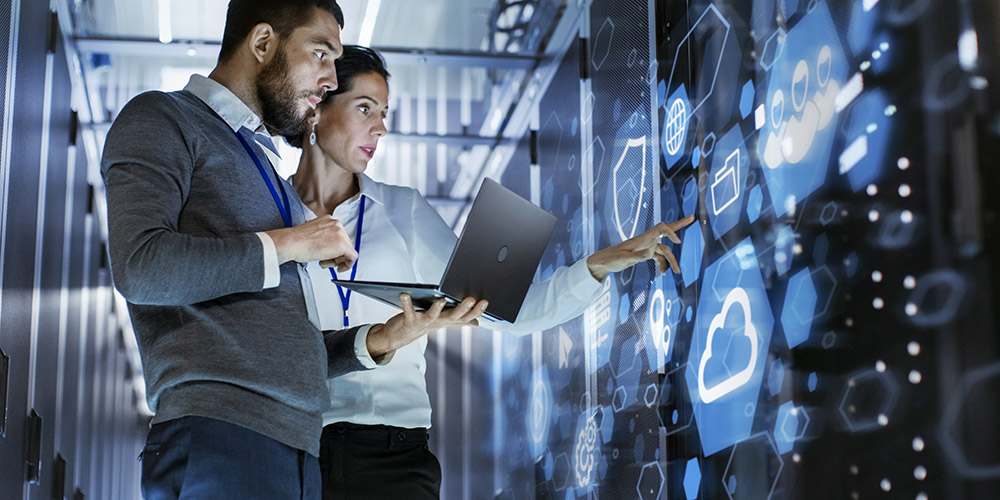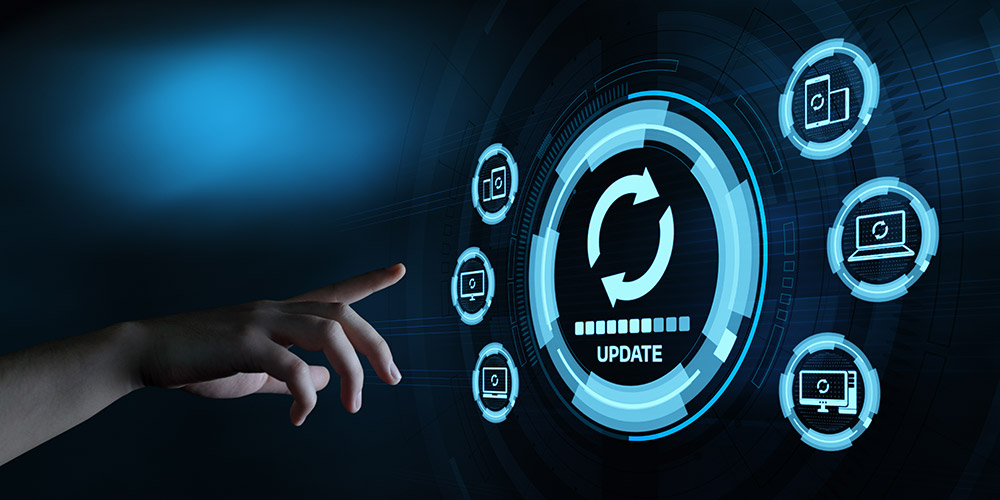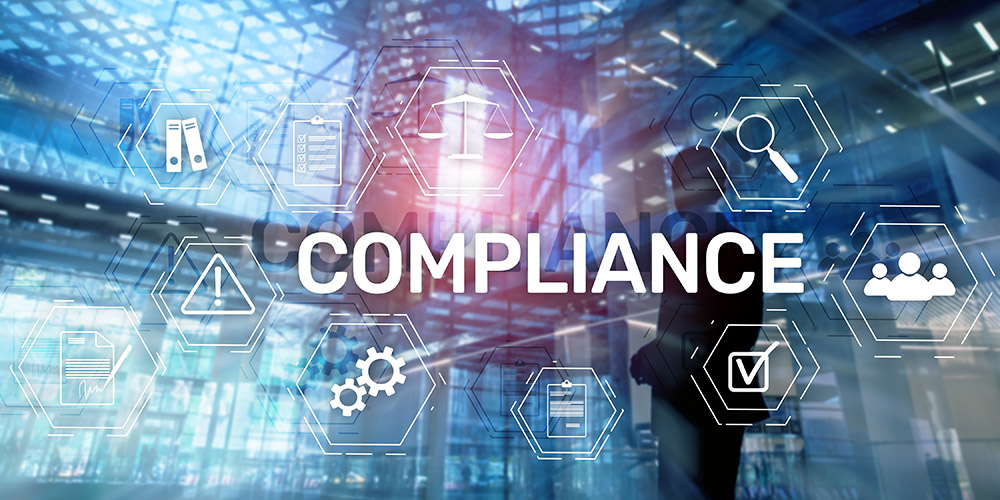
Feb 6, 2020 | SMB Technology, SMB Technology, SMB Technology, SMB Technology, Technology News
Commonly, employees are thought to be the “weak link” in combating cyberattacks. What if, with thorough training, your employees become your best resource in fighting attacks like phishing, ransomware and malware, and social engineering attacks? These threats can all lead to your network and data being compromised as well as your business losing revenue and your clients’ trust. Read on to learn more about common threats and how to train your employees to have a role in combating them. Know the Threat Landscape Threats to cybersecurity abound, and some of the most common are ransomware and malware, which can get to your network via phishing schemes and social engineering attacks. Ransomware is a type of malware in which files are encrypted and become unreadable, and can only be available again if the user pays money (a ransom) to get a key to get the files unlocked. Malware, in general, is malicious software designed to steal confidential information, insert a virus into the network, or both. Commonly, malware and ransomware enter a network via social engineering attacks such as phishing schemes. A bad actor pretends to be someone the victim knows, and tricks them into giving confidential data. For example, the attacker may pretend to be a fellow employee needing assistance that requires access to the network. Instead of trying to find and exploit weaknesses in the system itself, the criminal tries to find “weaknesses” in the victim–a desire to help others, for example. Train Employees to Recognize and Prevent Attacks There are excellent online and in-person training programs to prevent cyber attacks. This training can be a good foundation...

Jan 22, 2020 | SMB Technology, SMB Technology, SMB Technology, SMB Technology, Technology News
With the end of service for Windows 7, businesses need to find another solution. While Windows 7 will not stop working, it won’t be as secure, and the lack of updates and patches will make your system and data more vulnerable to attack. For some, this might be the optimal time to move to the cloud. Ideally, companies have done so, or made the move to the latest operating system. Read on to find out more about what to do to keep your system and data secure. Upgrading Your Operating System In the shorter term, if your business hasn’t upgraded to Windows 10, you can still do that. Windows 10 is worth the upgrade, with automatic updates available, along with better security. Not only that, but by upgrading, you can use a windows operating system that comes with technical support, security updates and fixes. With only a week having passed since the deadline, it is still possible to upgrade to Windows 10 and take advantage of a fast, secure operating system. The longer you go without upgrading, however, the less secure your computer will become. Consider the Cloud One way to more smoothly manage the transition to a new operating system, is moving to the cloud using Virtual Desktop Infrastructure (VDI). With VDI, updates can be performed by the cloud service provider, providing a seamless user experience. With a cloud service provider handling the infrastructure and providing a connection via the Internet, upgrades will be made easier and possibly less expensive. One cloud delivery model, Workspace as a Service (WaaS) provides access remotely as a web-based office environment. With...

Jan 14, 2020 | SMB Technology, SMB Technology, SMB Technology, SMB Technology, Technology News
The 2020s–this year and beyond–will be a time of great disruption created by emerging technology. Not only will technologies like hyper-automation, artificial intelligence and human augmentation change the way people interact with technology, it will create opportunities–and challenges–never before seen. Read on to learn more about what is developing in 2020 and beyond. Technology Will Center Around People According to an article published by Gartner in late 2019, the orientation toward technology is changing. Previously, companies developed technology stacks and then developed applications. Now, according to VP of research Brian Burke, “organizations must consider the business and human context first.” The emphasis will be on people-centric smart spaces, and these will profoundly affect people and the places they live and work. There will be greater citizen access via democratization, wherein people can gain business and technological knowledge without a lot of expensive training. People could even be part of the smart spaces through human augmentation, including wearables. An Expanding Perimeter Information technology is not just based in a company’s office or a geographic data center. Trends such as edge computing and distributed cloud bring information outside of a central location and put it closer to the user, decreasing the amount of time it takes for users to get the information they are after. An empowered edge looks at how an increased number of connected devices will build smart spaces. Distributed cloud allows public cloud data centers to be located anywhere, enabling users to access the data they need while the provider still handles architecture, delivery and operations. Security Still a Key Consideration With all these new technological trends and...

Dec 11, 2019 | SMB Technology, SMB Technology, SMB Technology, SMB Technology, Technology News
On January 14, 2020, Windows 7 and Server 2008 will reach the end of their life cycle, with operating system patches and updates no longer available. Networks and connected devices without an upgrade will be left vulnerable to cyberattacks and the resulting loss and/or compromise of data. However, it is not too late to prepare. Read on to learn more about this transition, and the importance of compliance with data regulations. Windows EoS Migration Readiness The primary goal, as always, is the protection of the network and associated data and applications. Protection from cyberattack–and the loss or compromise of data resulting from an attack–is critical at al times. The transition from Windows 7 presents an opportunity to evaluate the security of your network and data during migration to a new operating system. Ideally, the migration has been carefully planned, and testing will be performed to assess any weaknesses in your network where confidential information might be exposed. How to Manage Windows EoS Migration and Upgrade A good first step is to inventory your network to assess vulnerability, learning which devices still run Windows 7 and need to be upgraded or replaced. Identify mission-critical systems, data and applications that will need to be available during the migration. Temporary cloud storage is even available to keep these resources safe and your business compliant with any industry regulations. Once the plan is in place, repeated testing is needed to find holes in the network where data can be lost. What’s more, this testing will help fine-tune your preparation for the migration. The Role of the Cloud in Windows EoS Migrations Cloud computing,...

Dec 6, 2019 | SMB Technology, SMB Technology, SMB Technology, SMB Technology, Technology News
Last year at this time, it was predicted that technologies like 5G and Internet of Things would be developing trends. This is still true. According to a survey by CompTIA, the global tech industry is set to grow at a rate of 3.7%, reaching $5.2 trillion. The United States technology market accounts for nearly a third of that, with an expenditure of $1.7 trillion expected in 2020. Read on to learn more about business’ approach to the adoption of these new technologies. New Technologies Making Inroads in 2020 While technologies of infrastructure and software development (Internet of Things and Artificial Intelligence, respectively) will continue to gain ground, for many businesses they are secondary to the infrastructure and software development that already exist. Some other emerging technologies mentioned by CompTIA include software development (Software as a Service, for instance) and big data analytics. These technologies that are coming to the fore may drive revenue growth, once they are integrated with already-present technology to create innovative solutions. The Four Pillars of Information Technology According to an IDC survey, companies plan to orient their technology spending to four “pillars” of information technology: software development, cybersecurity, data, and infrastructure. Of the companies surveyed, 57% plan to focus on software development. With the infrastructure already in place, along with the users and connectivity being available, U.S. companies can focus on developing the software and services supported by this foundation. Cybersecurity follows close behind, with 51% of surveyed companies focusing on expanding their defenses against cyberattack and establishing internal processes and policies to keep their operations secure. A portion of companies (47%) will choose to...

Nov 13, 2019 | SMB Technology, SMB Technology, SMB Technology, SMB Technology, Technology News
With so many organizations generating data in the course of daily business, it’s more important than ever to protect it from loss or compromise. Data breaches are frequently in the news, and aside from the negative publicity, result in fines and loss of revenue for companies. Maintaining network compliance is critical for all businesses. Read on to learn how to protect your company from this costly scenario. Network Compliance is Helpful to a Company’s Security Security has to do with a company’s own technology assets, whereas compliance can be defined as a company adhering to policies and procedures. For most companies, network compliance may be scheduled backups, operating system patching and anti-virus updates. For companies with regulatory requirements of a third party, such as a government or industry compliance involves more than simply protecting an individual company’s assets, though doing this can be helpful in progressing toward compliance. Industries can have strict regulations; HIPAA, for example, protects the privacy of patients’ health care data. Another category, which serves as a standard, is Payment Card Industry Data Security Standard (PCI-DSS); it protects the payment card data of people shopping online. These industry regulations carry strict requirements for the protection of personal data, and company networks must comply or face penalties. With threats abounding, such as malware and viruses, or simply a hole in the network, a network’s protection is crucial. Ways to Keep Your Network Secure and in Compliance One way to get a baseline for evaluating the security and compliance of your network is to conduct a network audit, taking an inventory of the network itself along with all...







